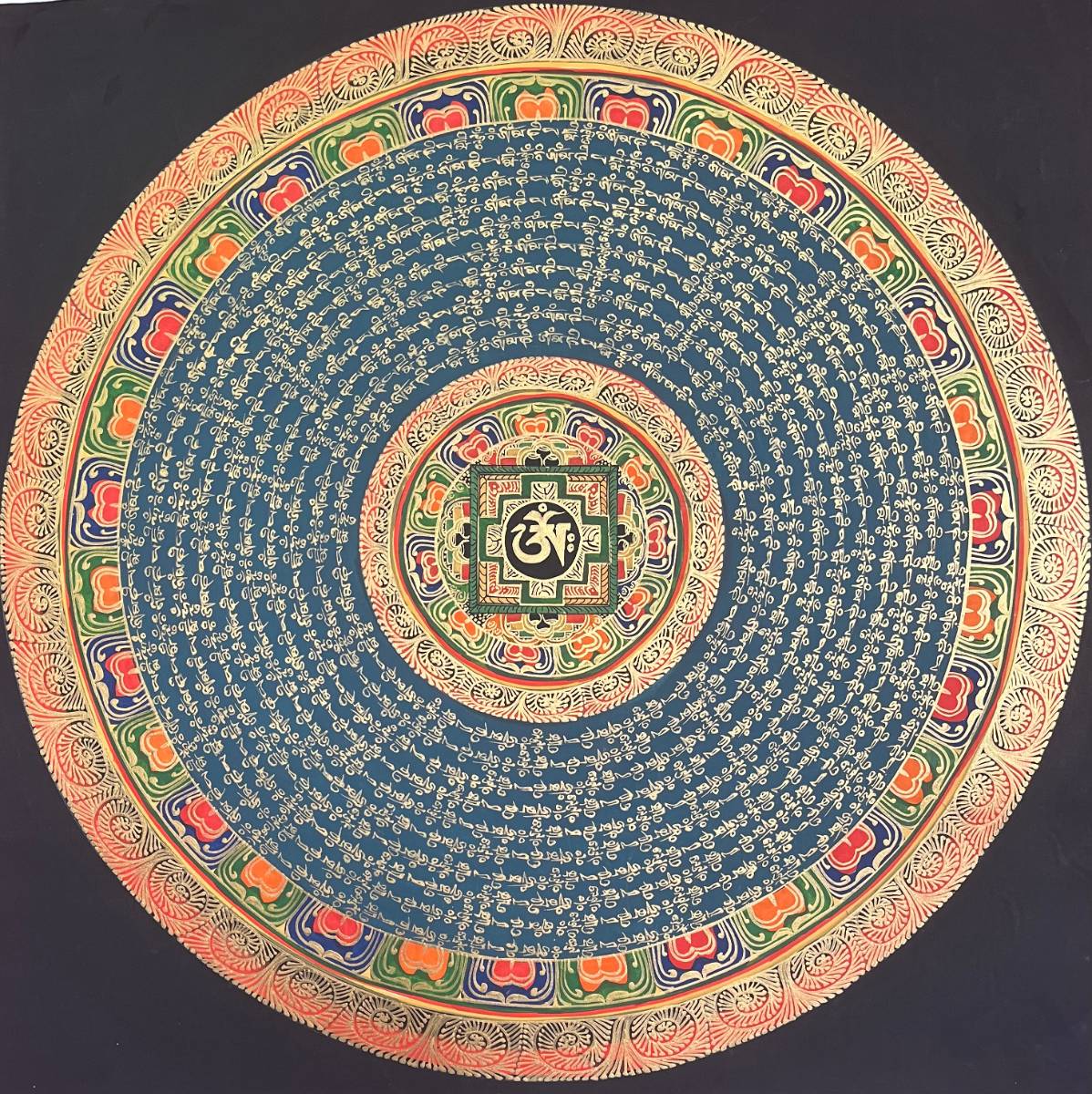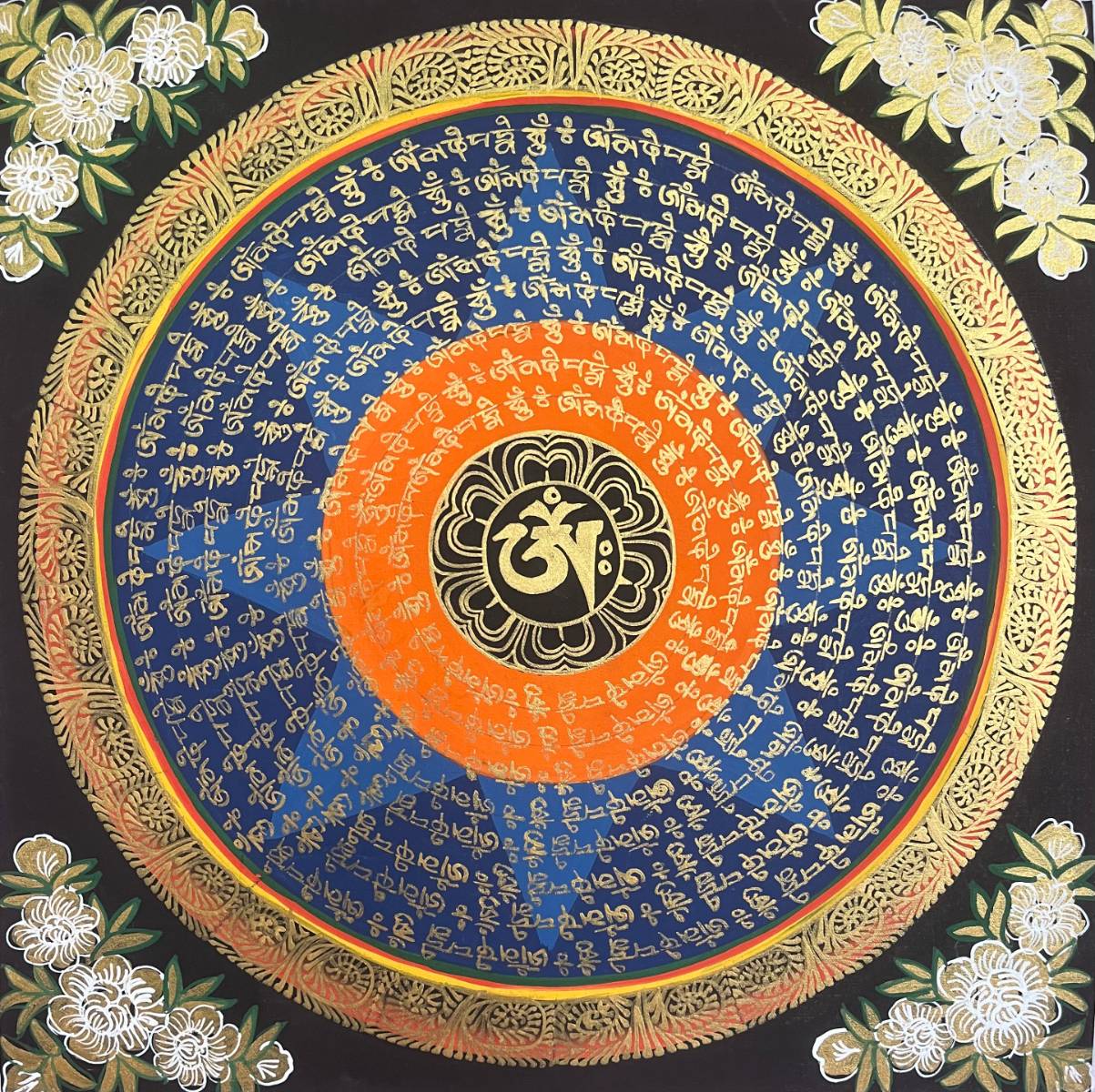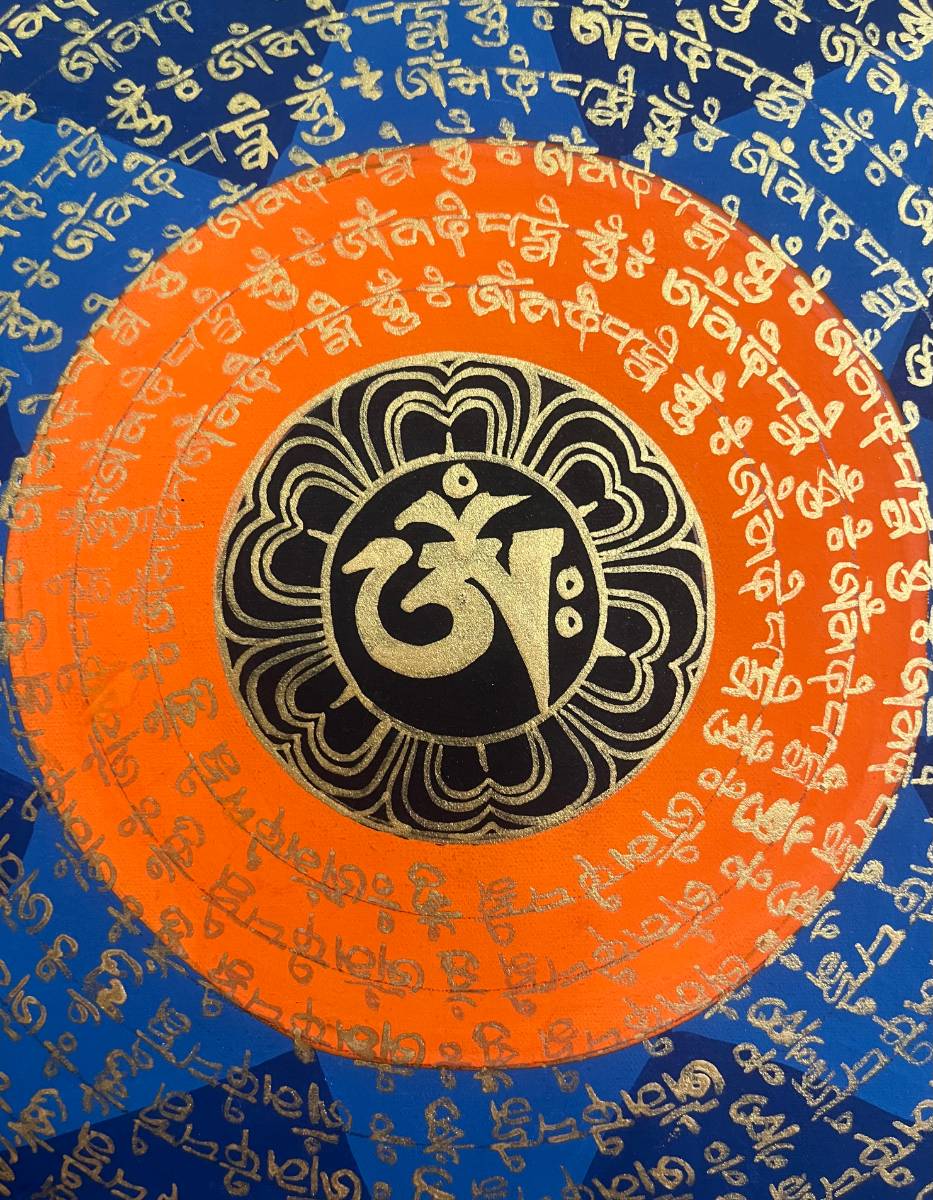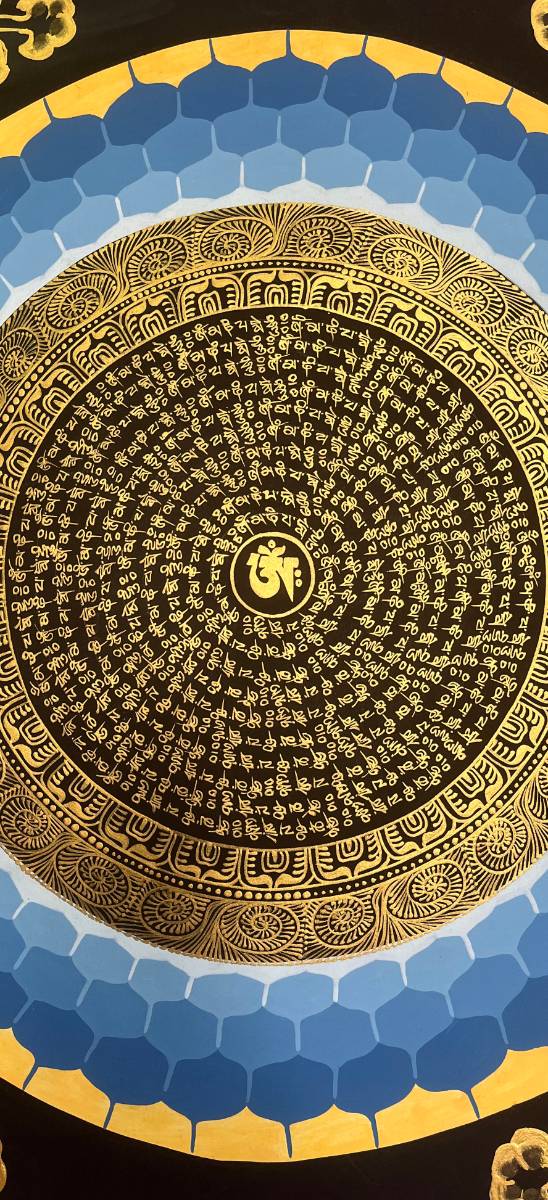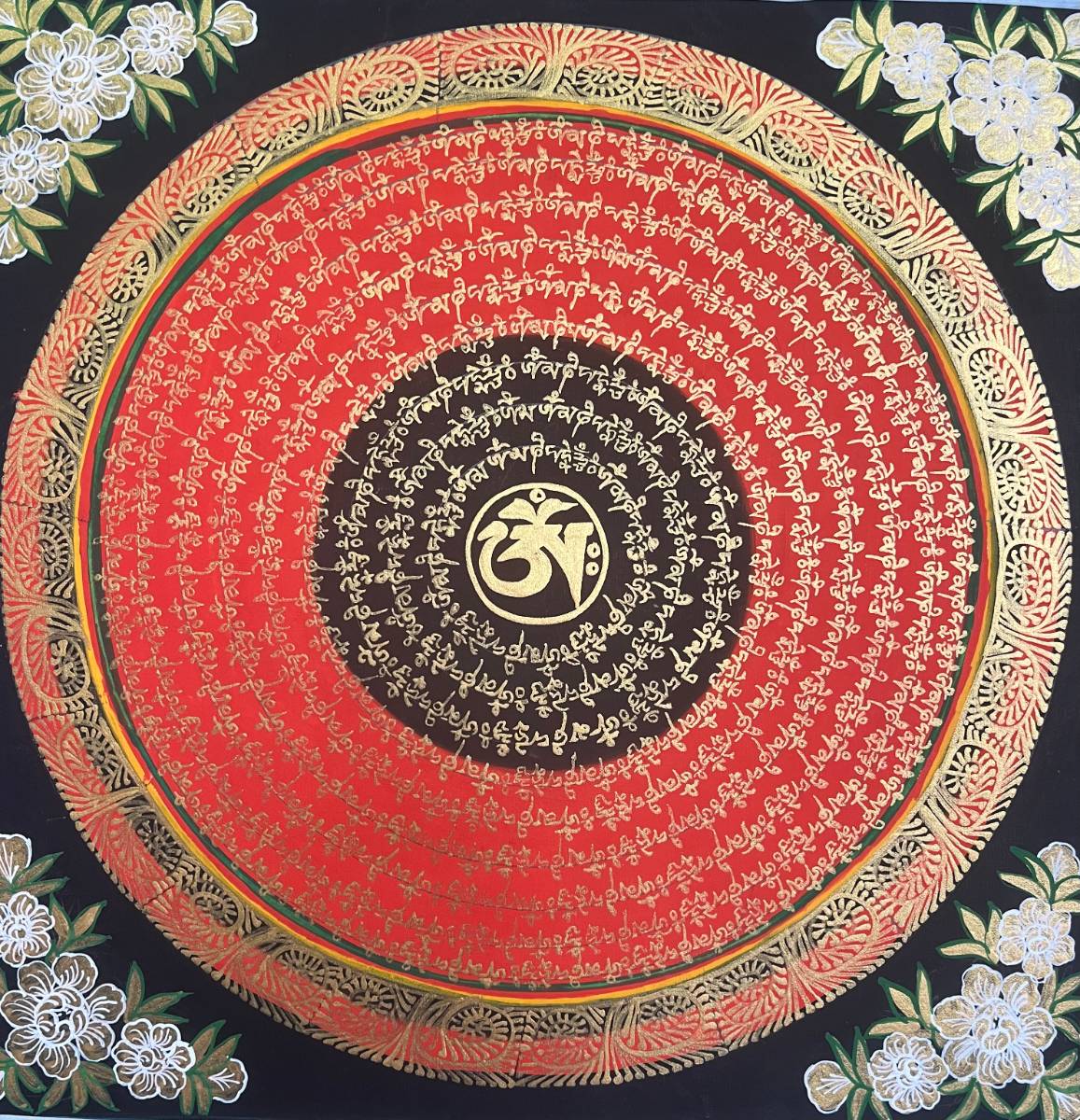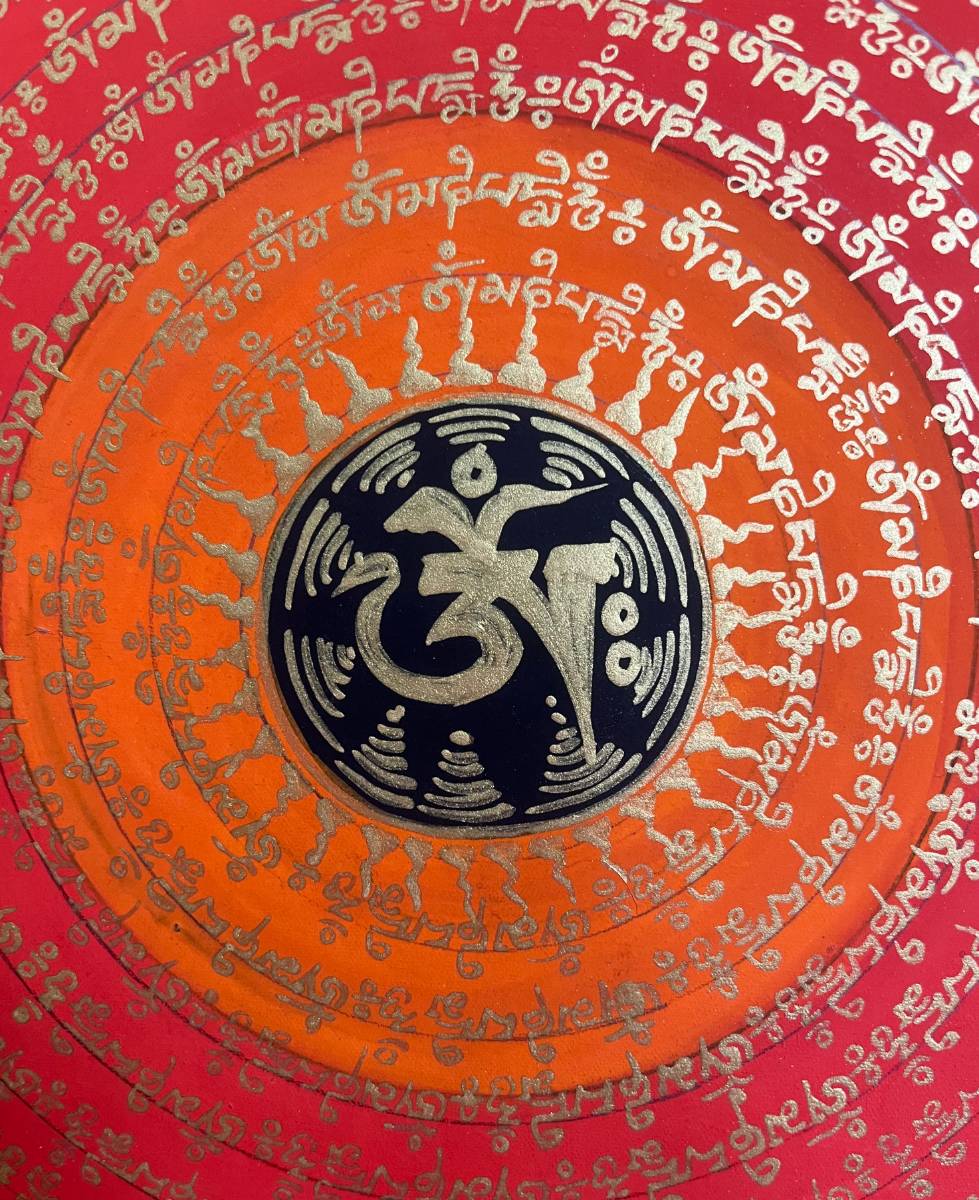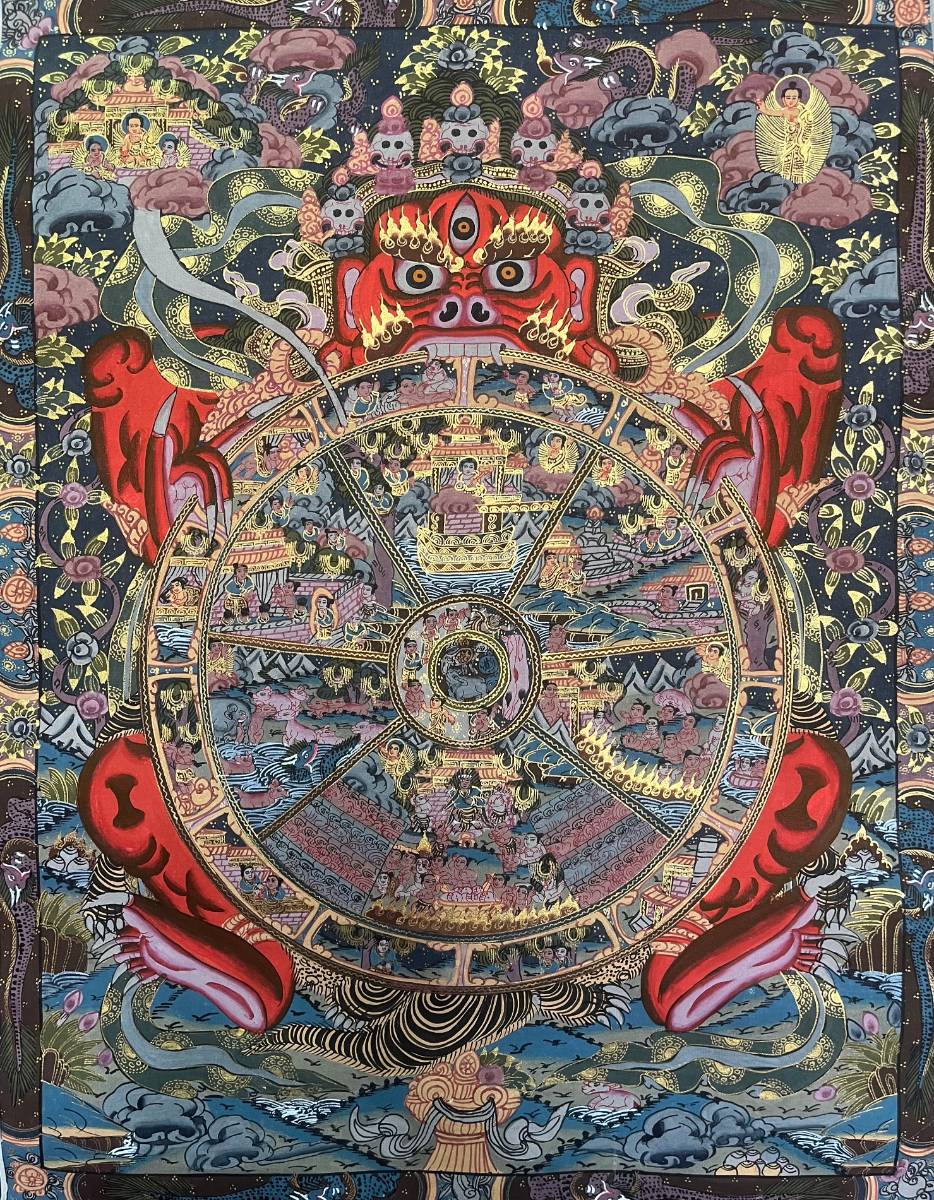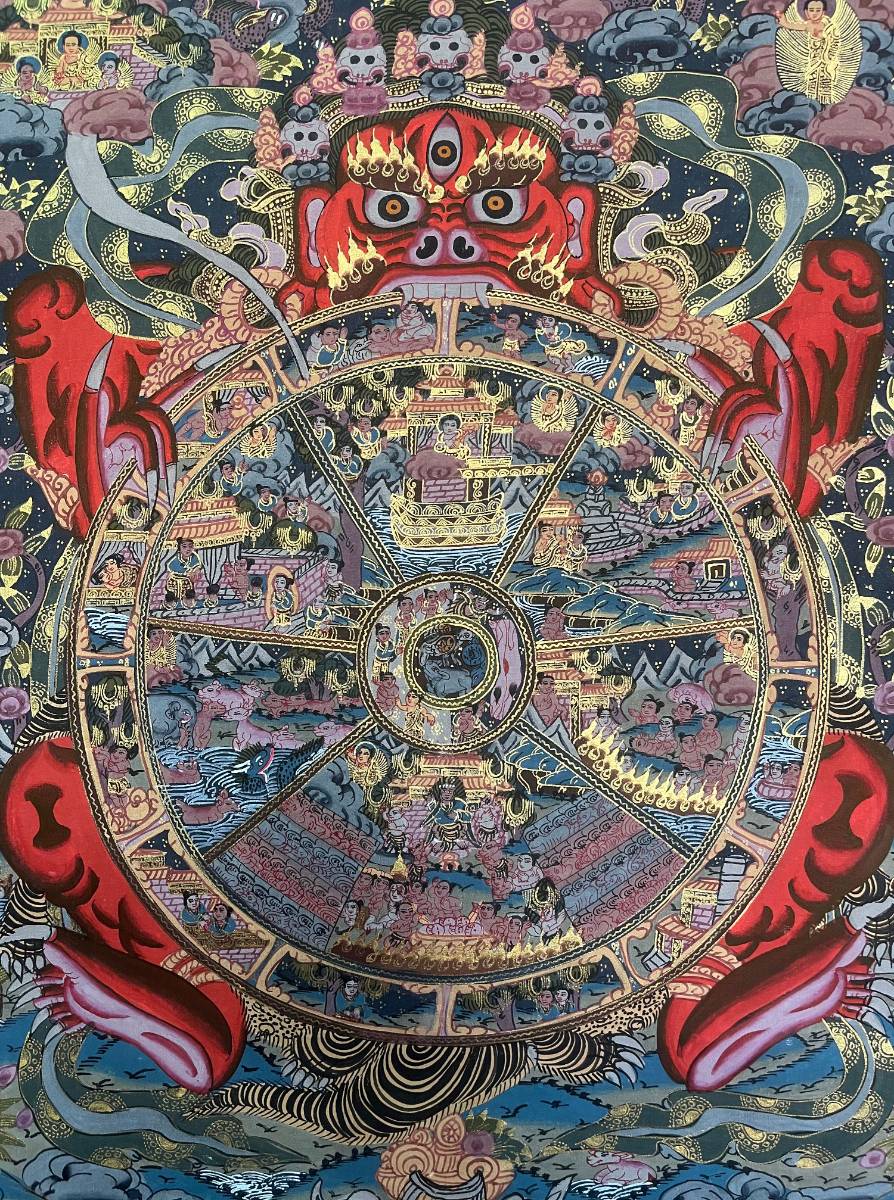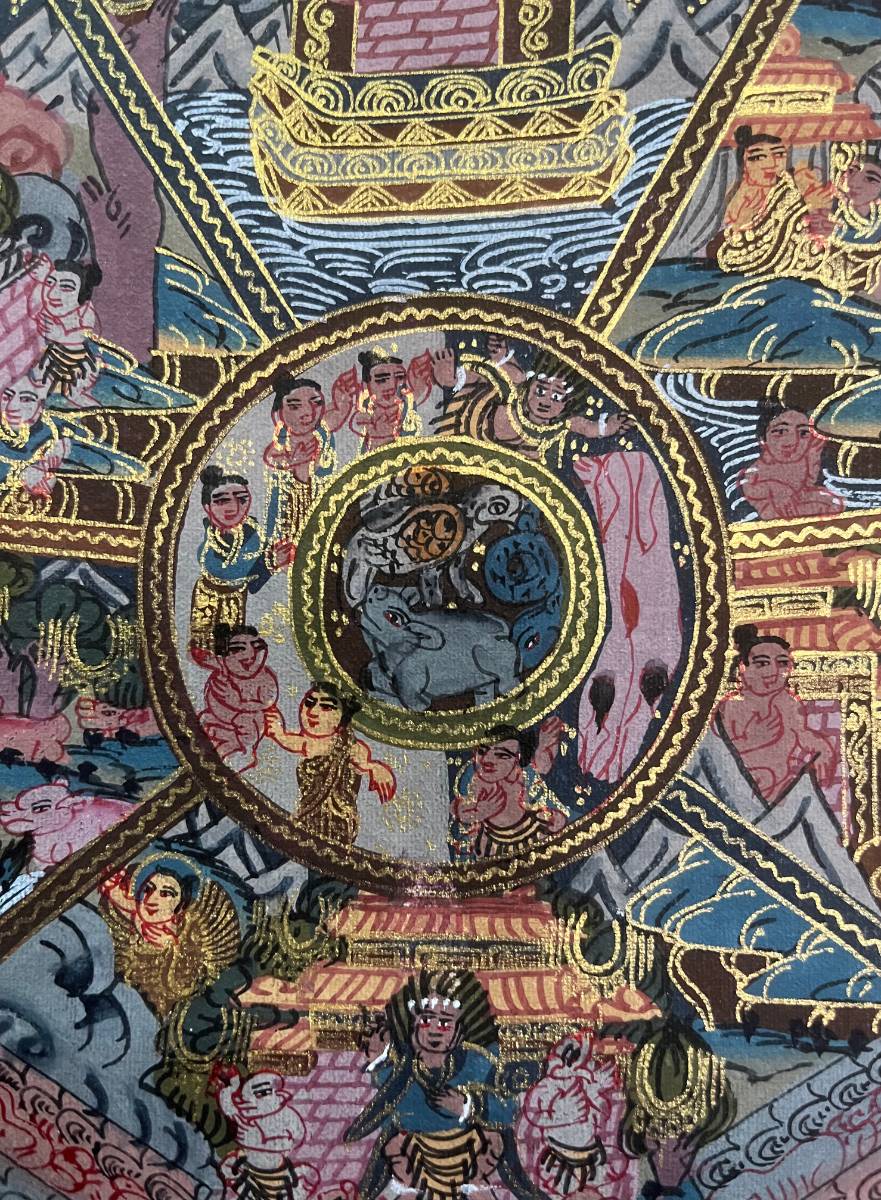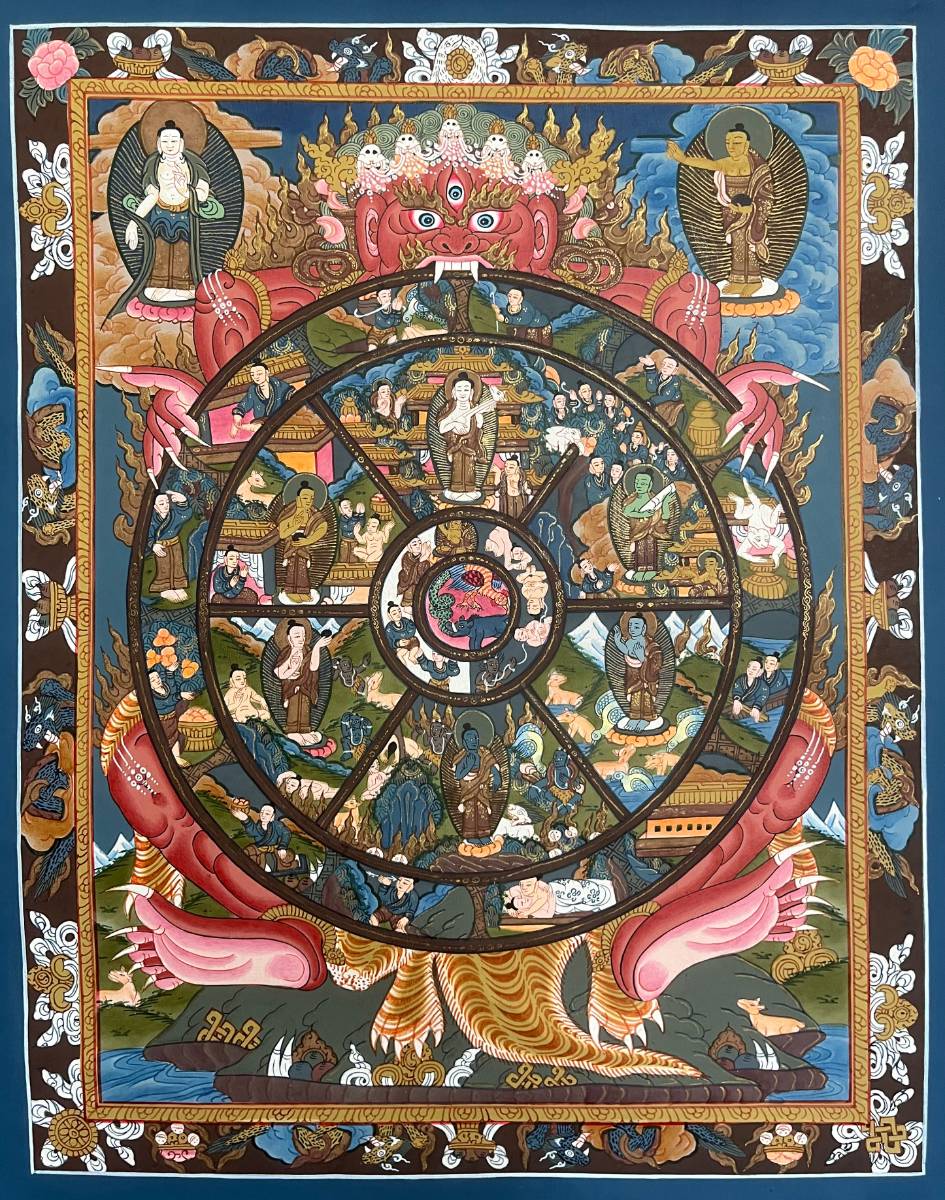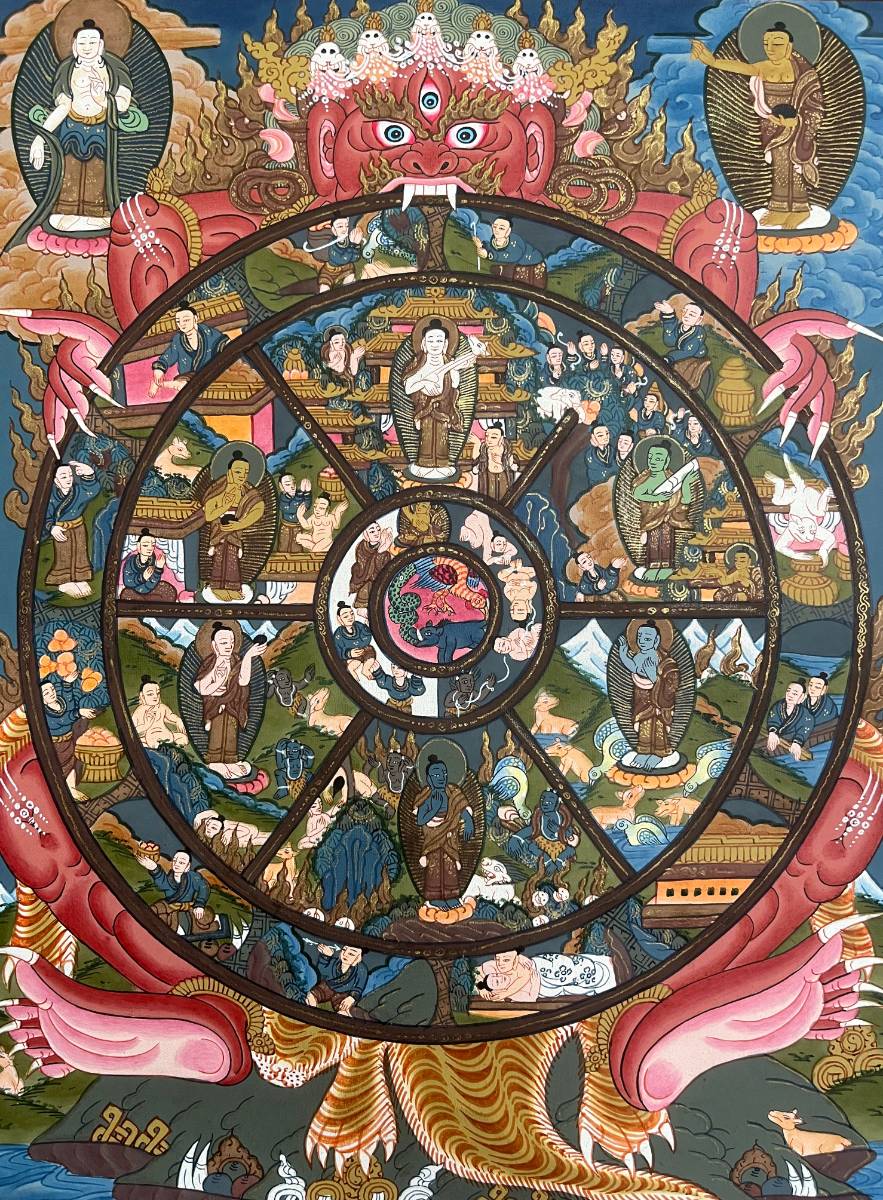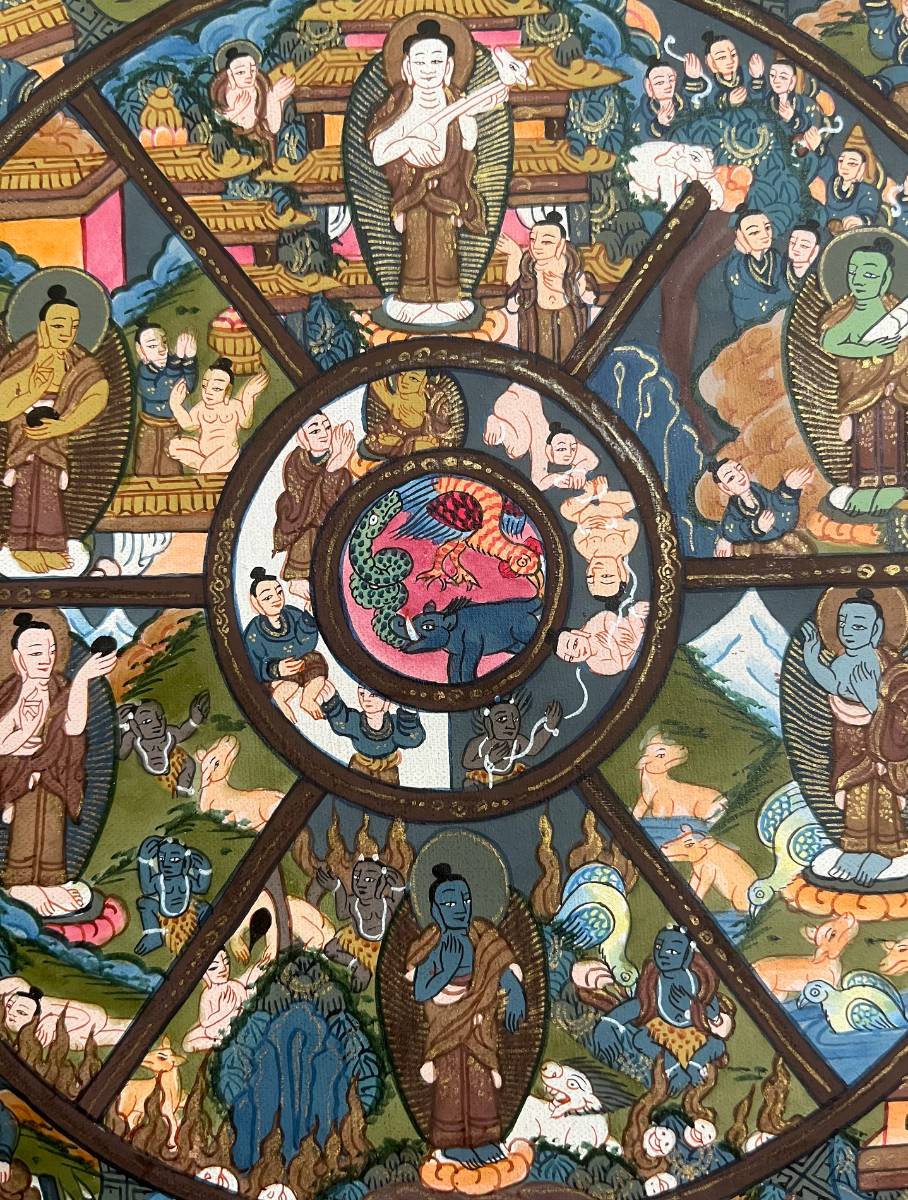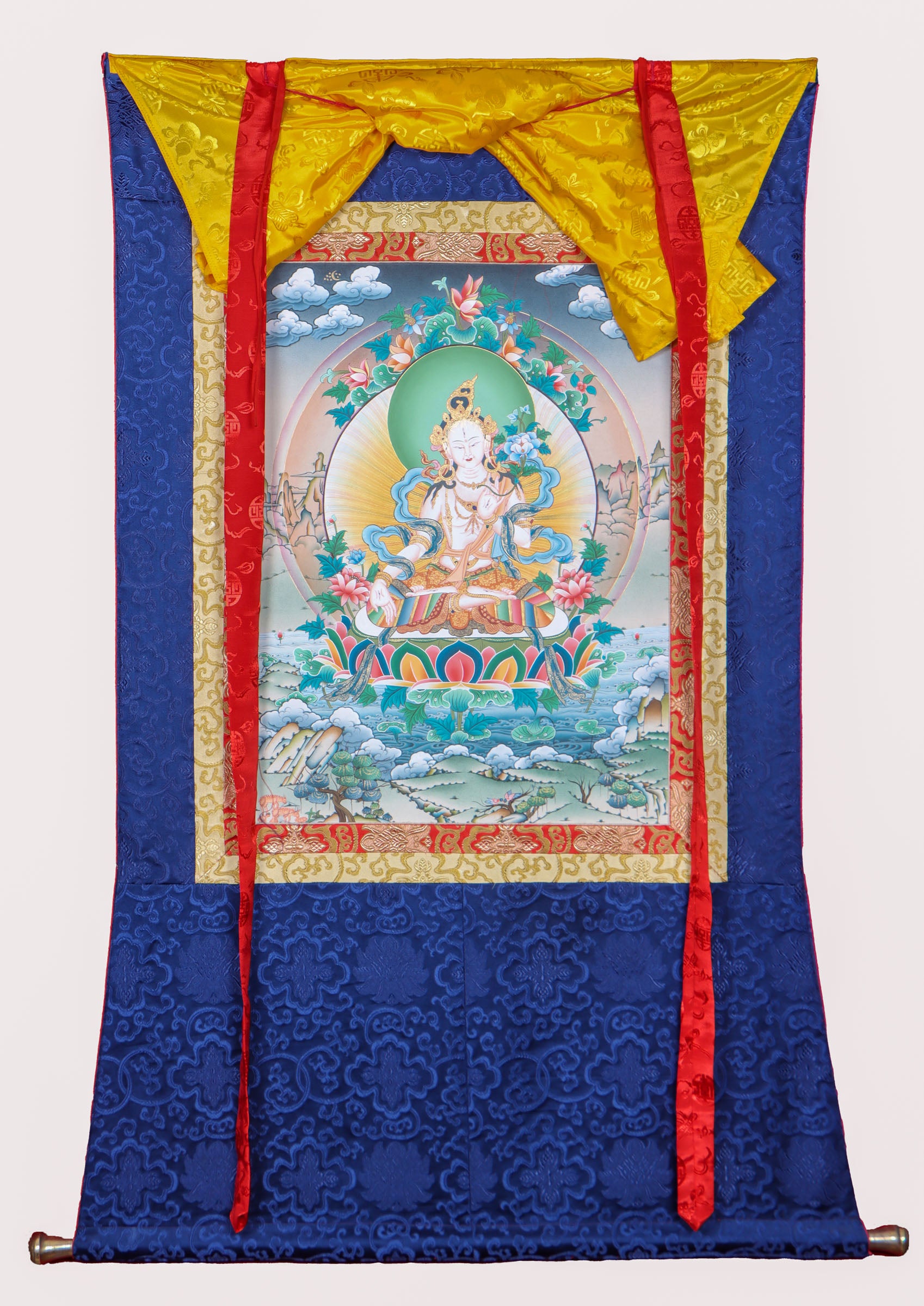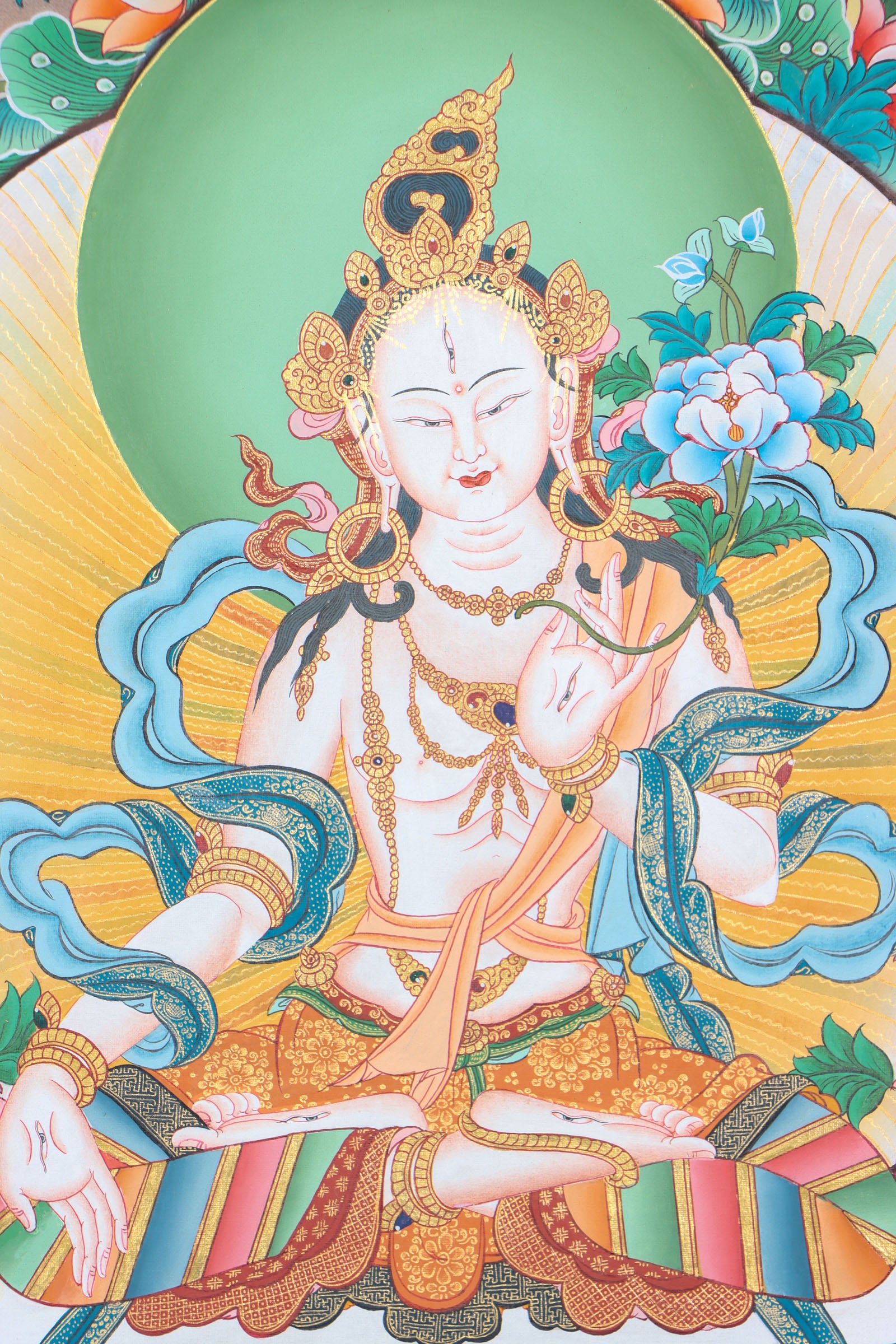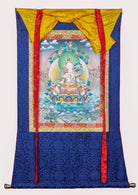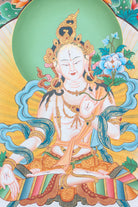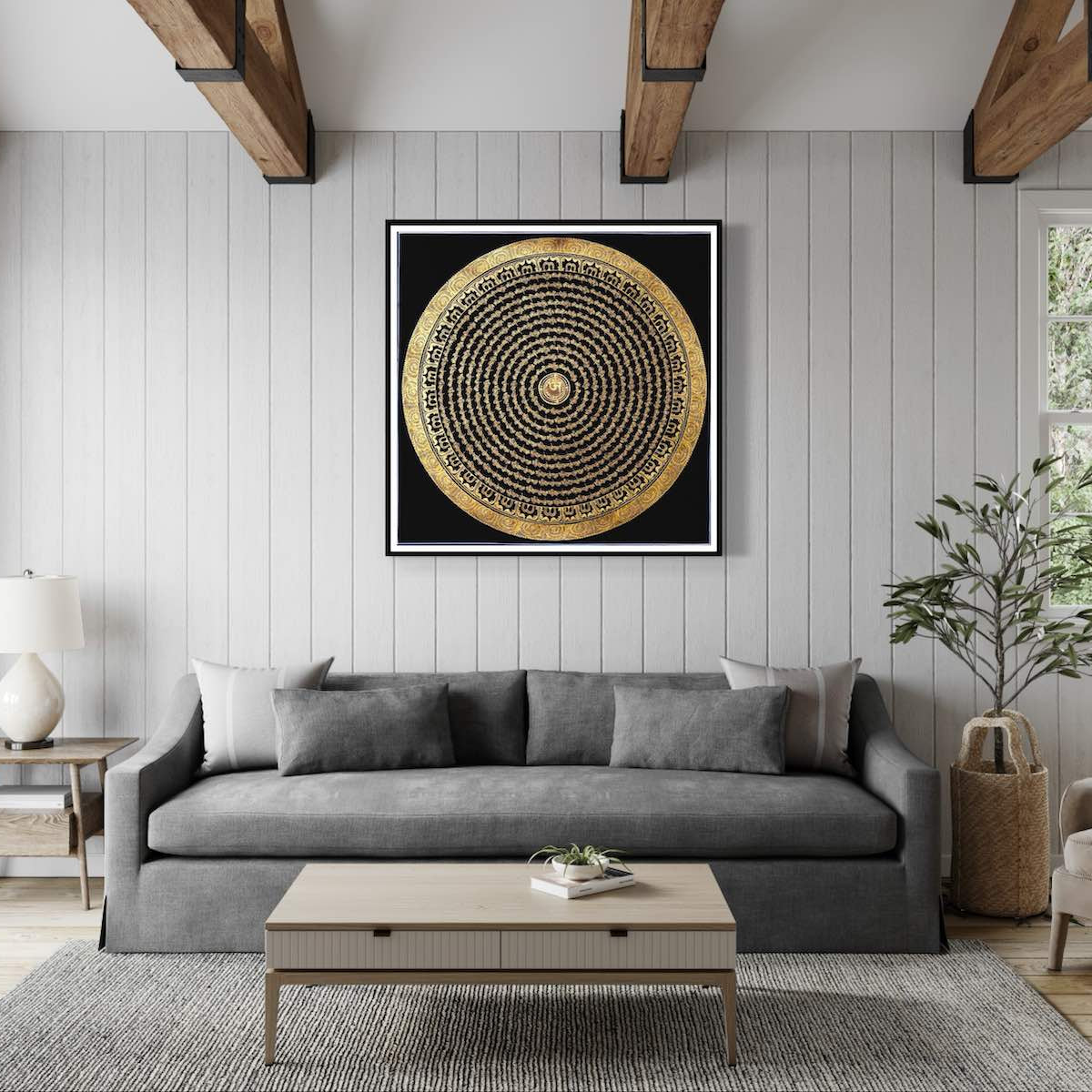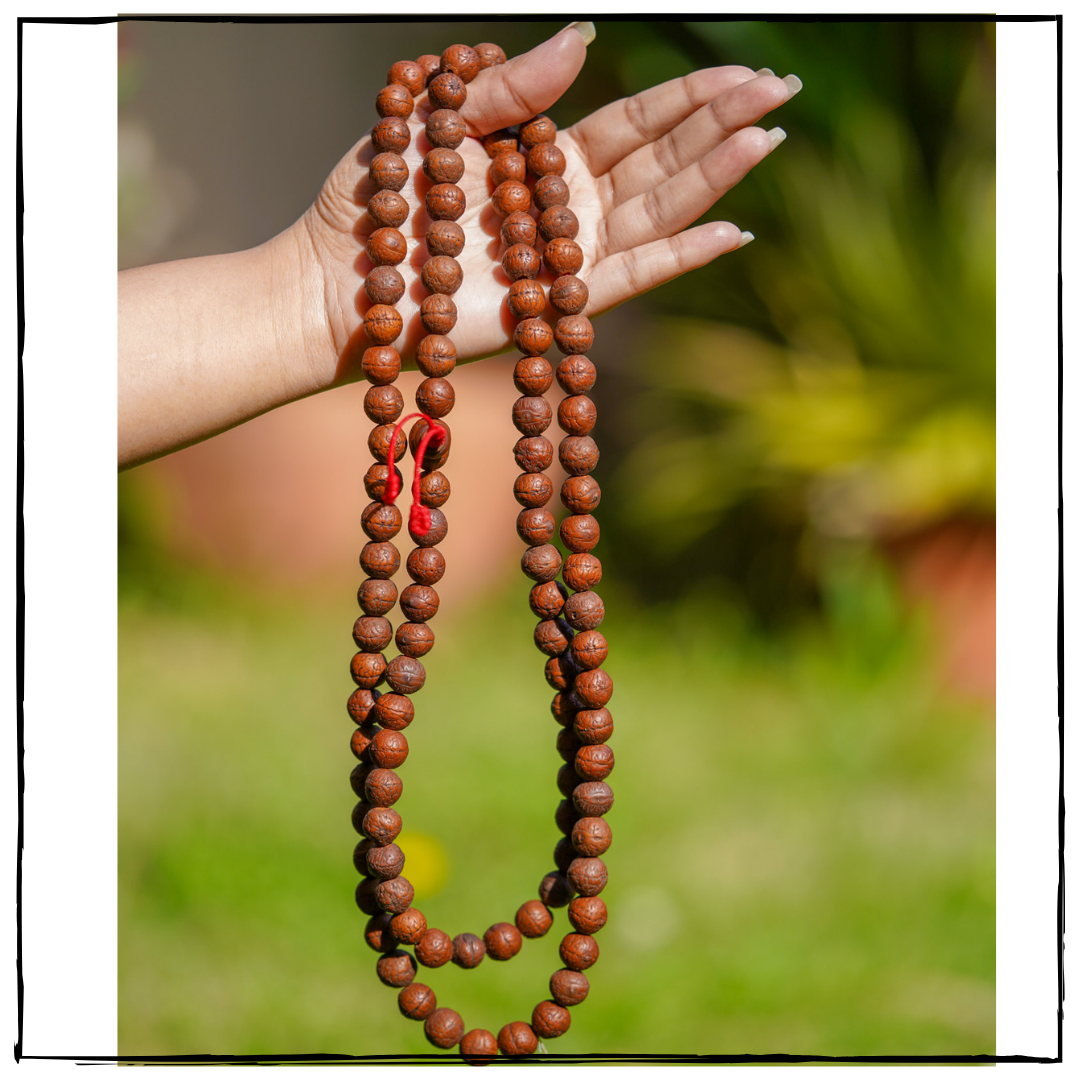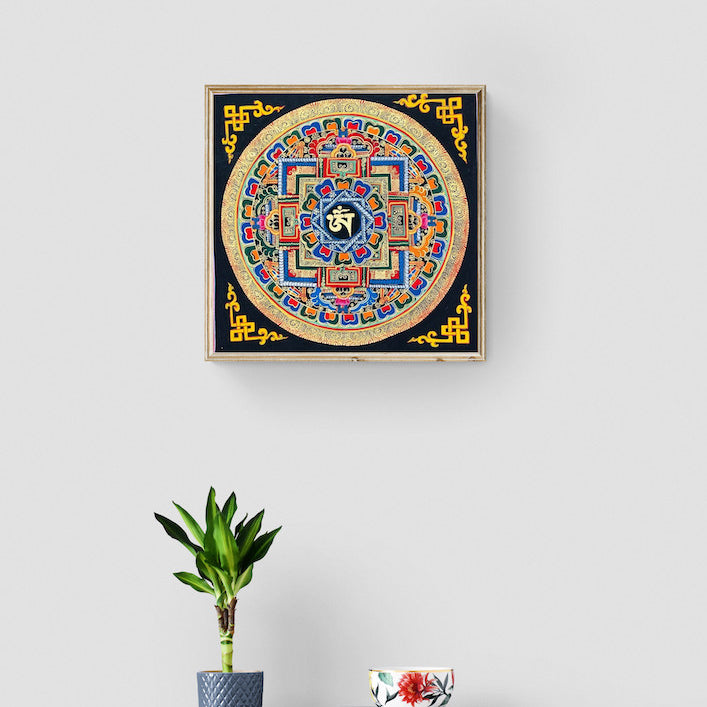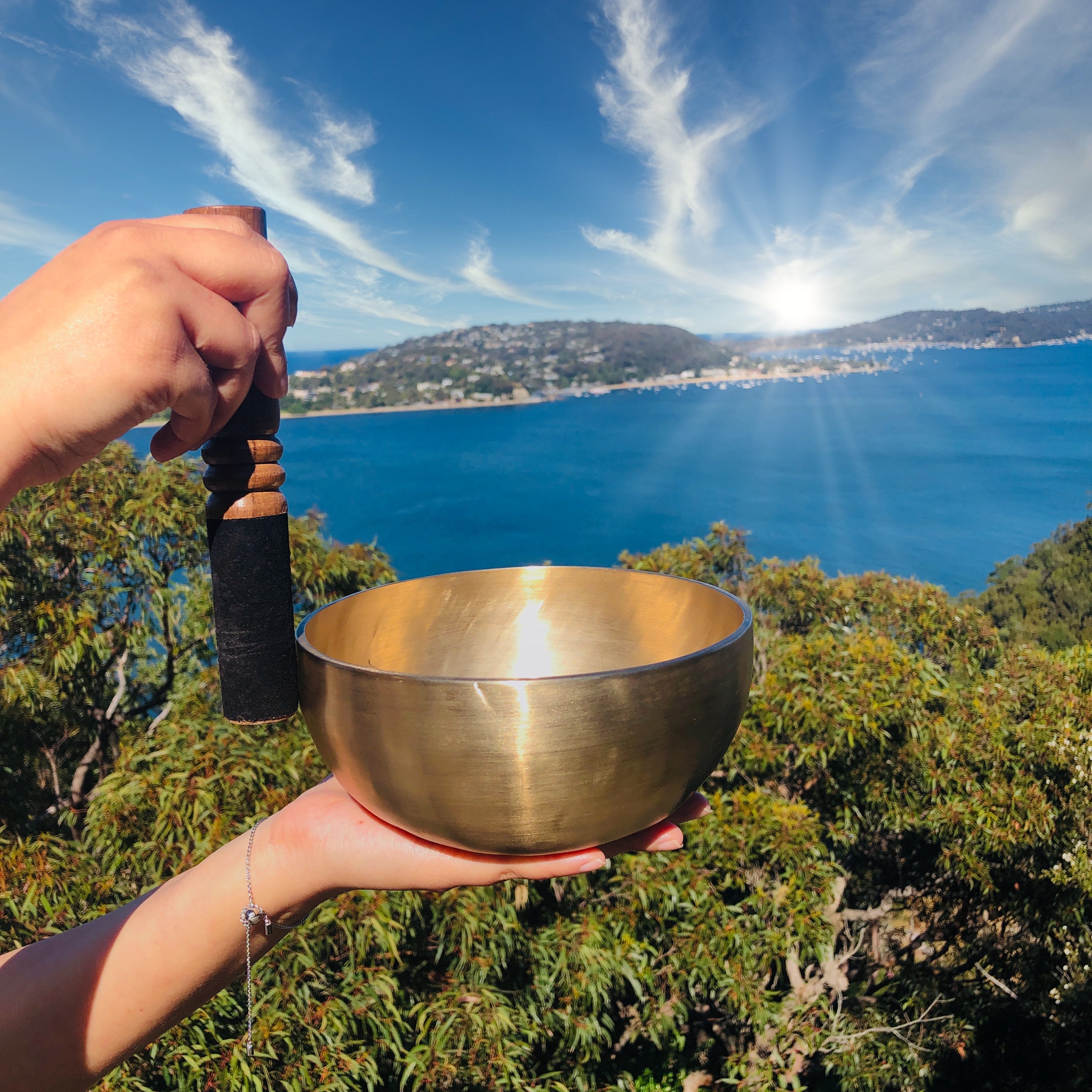White Tara Traditional Brocade Frame Thangka
Description
This White Tara Brocade Thangka is a timeless, hand-crafted piece of art, created by experienced artisans of Nepal. Traditional techniques and high-quality materials are used to produce a painting that is both a sacred representation of Buddhist culture and devotion, and a luxurious, vibrant addition to any home.
White Tara is depicted as a youthful figure with a serene expression. She has seven eyes, two regular eyes, one on her forehead, and one in each hand and foot-symbolizing her watchfulness and her ability to see the suffering of all. Her body is White in color symbolizing purity, compassion, and wisdom. Varada mudra and abhaya mudra in her right and left hands, respectively, signify her willingness to help and protect. Seated on a lotus throne, she symbolizes transcendence from earthly suffering. White Tara is associated with compassion and healing, in contrast to Green Tara. She is believed to heal physical, mental, and spiritual wounds and grant longevity and peace.
Product Specification:
- Hand Painted
- Materials: Semi-Precious Natural Minerals
- Base: Cotton Canvas
- Origination: Nepal
White Tara is revered within Buddhism as a compassionate and nurturing being; her thangka serves as a meaningful aid for worship and meditation for people who seek her blessing and guidance, while also adding aesthetic appeal.

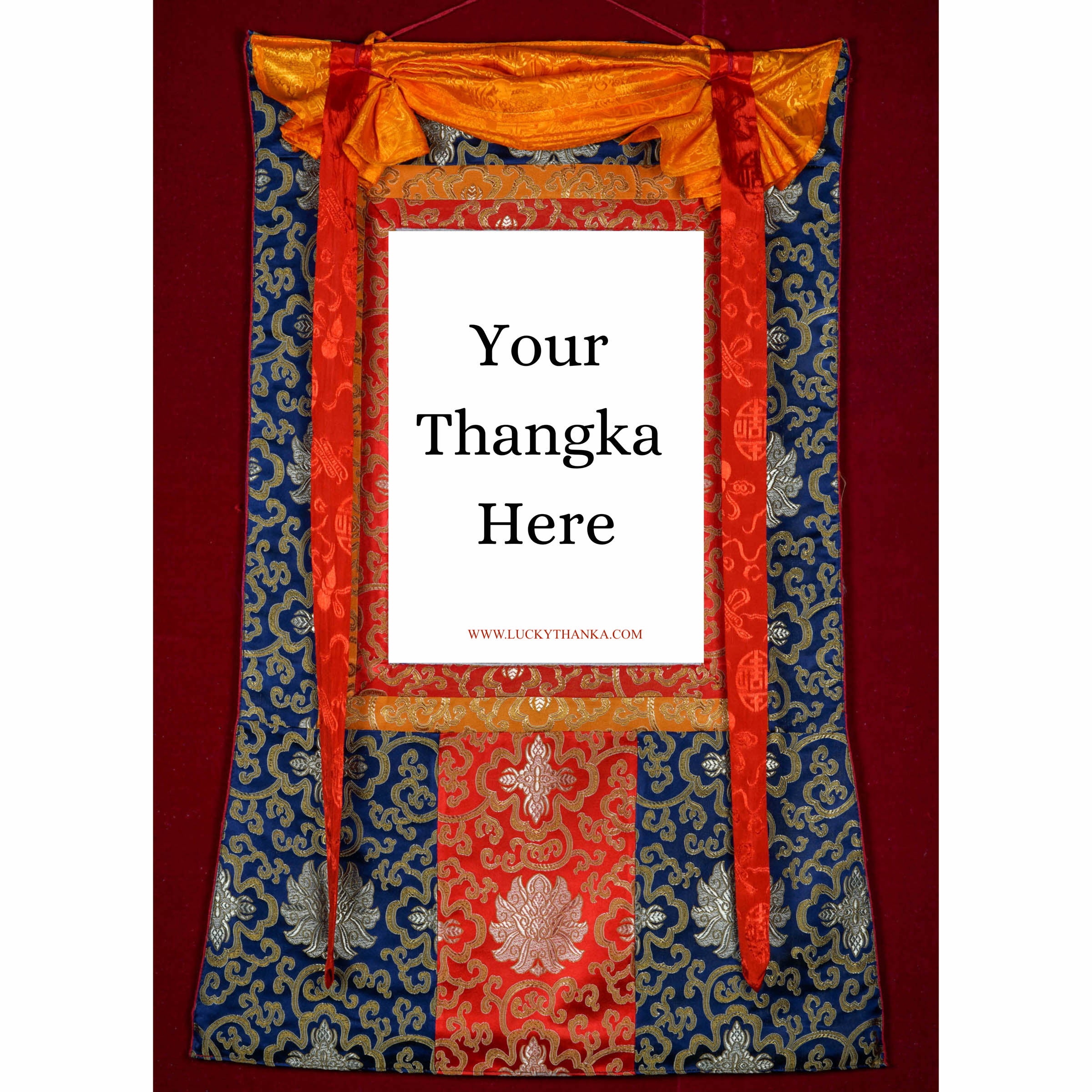
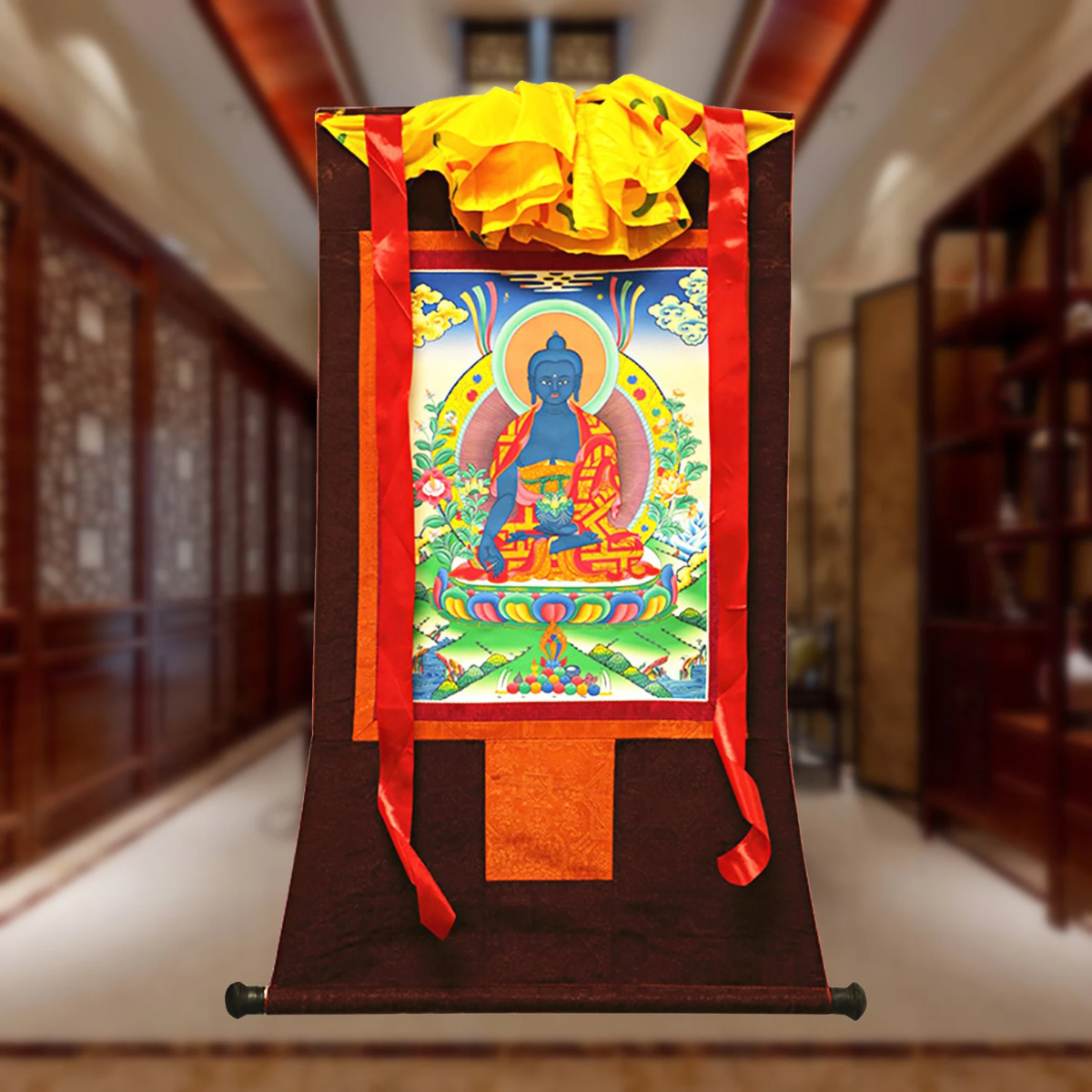
Hand Embroidery Brocade
Want to add a Brocade to your beautiful Thangka Painting? Traditional Style Brocade has been one of the most popular form of mounting as it has a greater religious merit.
Note: Make sure you have added the Thangka to your cart first.
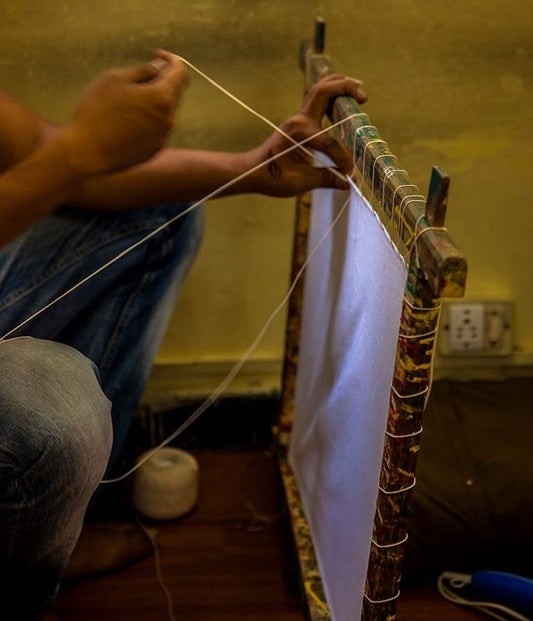
100% Cotton Canvas
Preparing the Cotton canvas before starting to paint a Thangka. This process includes washing, drying, stretching, sizing and everything needed to make a perfect base for the thangka to last for centuries.
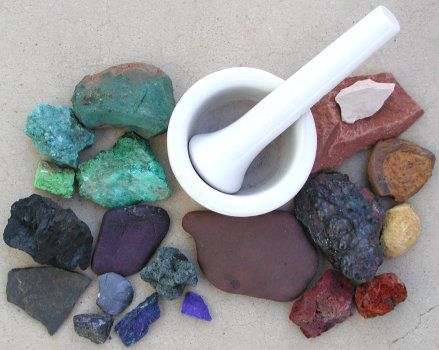
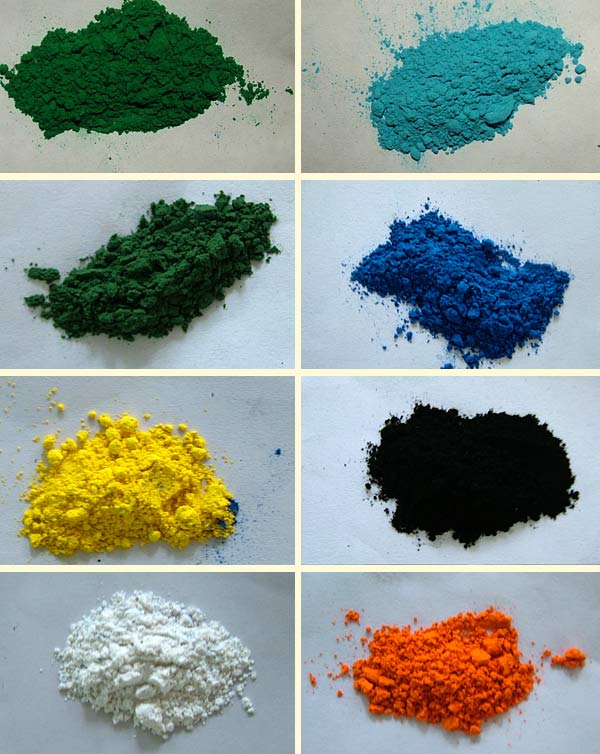
Natural Minerals
Thangka Paintings are painted using the natural minerals. These are firstly grind into the powder form and then used in the thangka as a paint.




